
23 Oct 2017 Pilotos de avión y controladores aéreos: habilitación lingüística
Pilotos de avión y controladores aéreos: habilitación lingüística
5 minutos de lectura
How are you doing?
Hoy en el Salón de Idiomas vamos a ver cómo se estructura la prueba de competencia lingüística para los profesionales de éste campo. ¡Recuerda! Es fundamental tener un amplio vocabulario del tema. Suscríbete a nuestra web y recibirás las últimas actualizaciones.
Si tienes dudas, recuerda que en el Salón de Idiomas estamos para ayudarte.
HABILITACIÓN LINGÜÍSTICA: ESTRUCTURA
Normalmente la prueba de competencia lingüística para pilotos y controladores aéreos es bastante parecida a cualquier speaking de exámenes oficiales pero enfocado en un léxico más concreto.
Speaking parte 1:
Normalmente se empieza con una presentación en la que hablas sobre tu trayectoria profesional. Al ser el primer acercamiento con el examinador, es aconsejable que la lleves preparada de antemano para no cometer fallos y empieces con buen pie.
El uso de los conectores en inglés y de léxico variado es fundamental en todas las partes de la conversación: te dejamos unos enlaces que te pueden servir
Speaking parte 2:
El examinador te hace preguntas relacionadas con temas de actualidad, y no sólo, dentro del campo de la aeronáutica. Te dejamos unas posibles preguntas:
What is the current situation of aviation?
What’s the difference between visual flight and IFR?
What are the climate’s effects on a flight performance?
What is a drone and how does it work?
Speaking parte 3:
Te van a mostrar un par de imágenes sobre varios temas. Tienes que ver cómo describir las imágenes. Ahora, a parte de dominar vocabulario del tema específico, debes usar palabras y expresiones para hacer suposiciones al comparar y describir las fotografías.
Can you tell me what you see in each photo?
What do you thing those people might be doing?
Speaking parte 4:
Por último, tendrás una conversación más larga (unos 4 minutos) sobre un tema específico que tu examinador te platea. Te dejamos algunas preguntas:
What are the most common plane accidents? (pilots error, equipment failures, bad weather, etc.)
What really happens when a bird strikes a plane?
What do the pilots need to do in case of a bird strike?
Why do planes crash?
HABILITACIÓN LINGÜÍSTICA: MATERIAL y PRÁCTICA
Para poder trabajar más el tema de la aeronáutica en inglés, os dejamos un ejercicio de clase orientado a ganar vocabulario y aprender cómo a contestar a las preguntas que el examinador os puede hacer:
Mira la imagen. Luego lee el texto y subraya las palabras útiles (negrita). Ahora intenta contestar a las preguntas con vocabulario del texto. Recuerda usar conectores.
What is a plane?
How does a plane work?
Airplanes are transportation devices which are designed to move people and cargo from one place to another. Airplanes come in many different shapes and sizes depending on the mission of the aircraft. The airplane shown on this slide is a turbine-powered airliner which has been chosen as a representative aircraft.
For any airplane to fly, one must lift the weight of the airplane itself, the fuel, the passengers, and the cargo. The wings generate most of the lift to hold the plane in the air. To generate lift, the airplane must be pushed through the air. The air resists the motion in the form of aerodynamic drag. Modern airliners use winglets on the tips of the wings to reduce drag. The turbine engines, which are located beneath the wings, provide the thrust to overcome drag and push the airplane forward through the air. Smaller, low-speed airplanes use propellers for the propulsion system instead of turbine engines.
To control and maneuver the aircraft, smaller wings are located at the tail of the plane. The tail usually has a fixed horizontal piece, called the horizontal stabilizer, and a fixed vertical piece, called the vertical stabilizer. The stabilizers’ job is to provide stability for the aircraft, to keep it flying straight. The vertical stabilizer keeps the nose of the plane from swinging from side to side, which is called yaw. The horizontal stabilizer prevents an up-and-down motion of the nose, which is called pitch.
































































































- septiembre 07, 2023
Tipos de exámenes oficiales de inglés B1-B2: ¿Aptis o Cambridge?







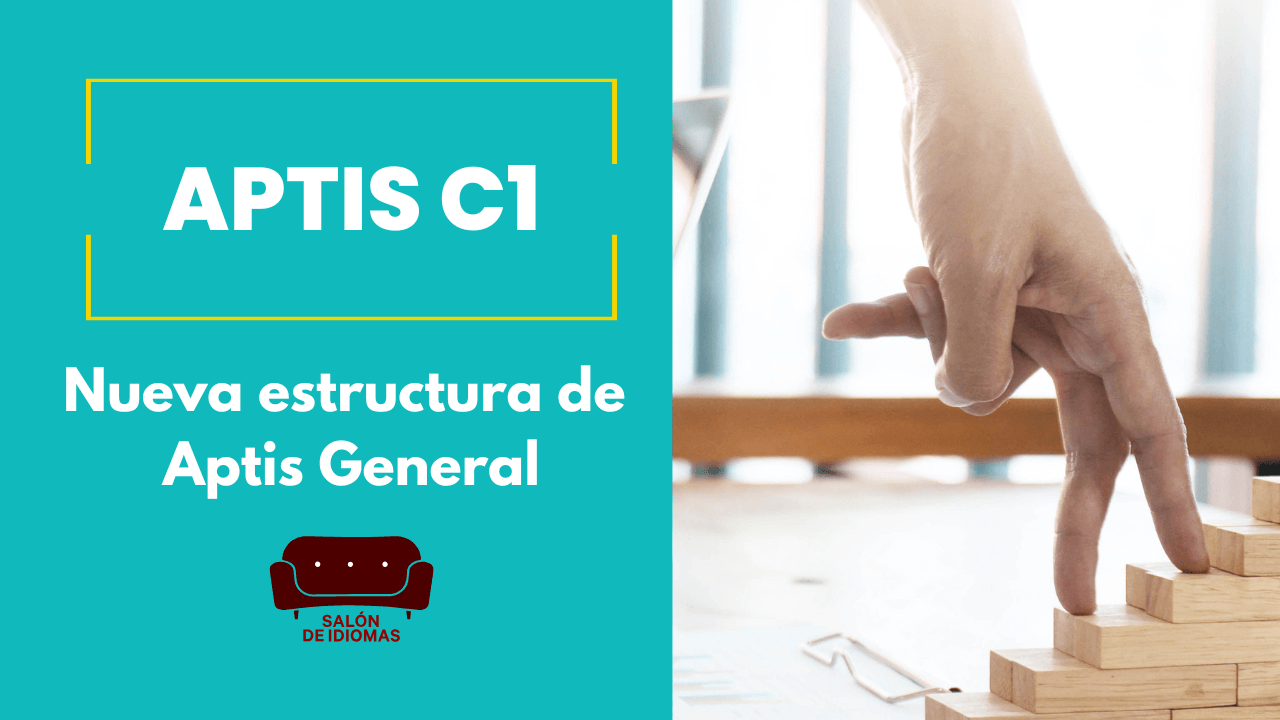



































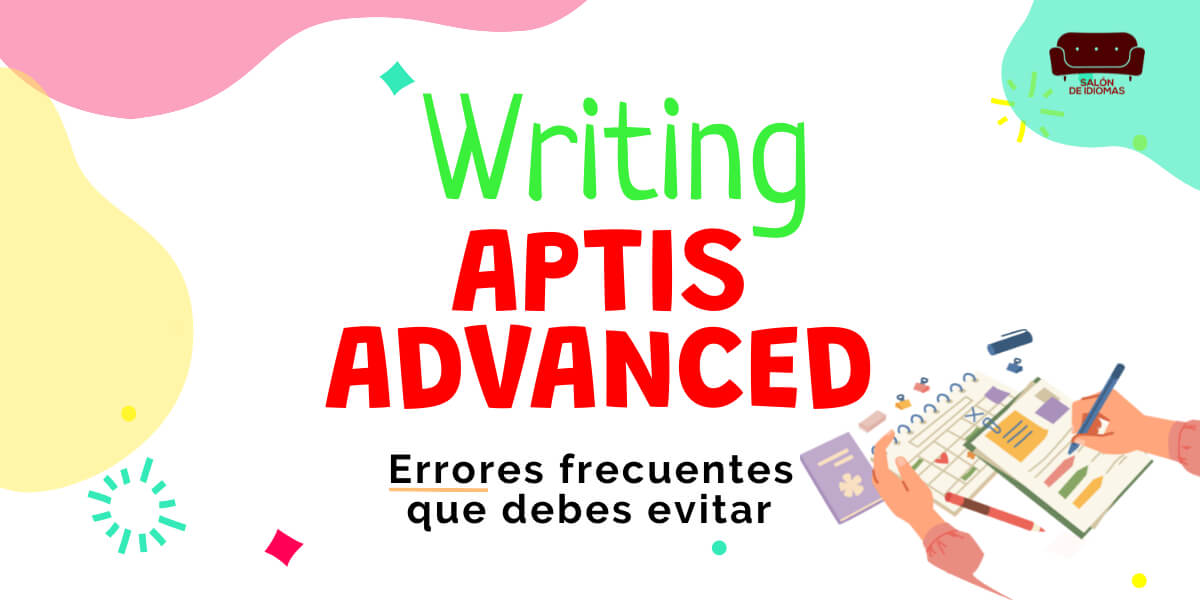















































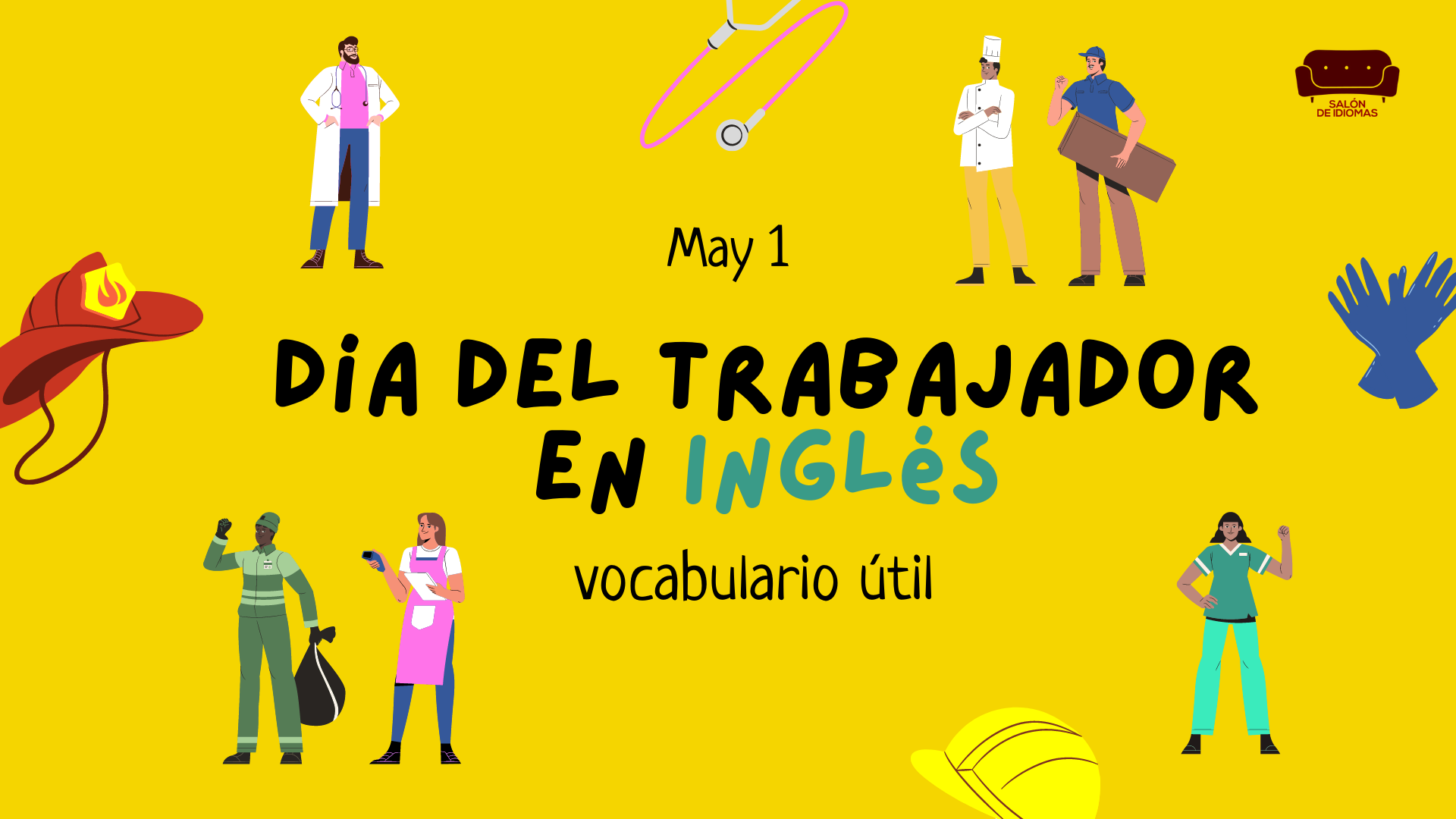

















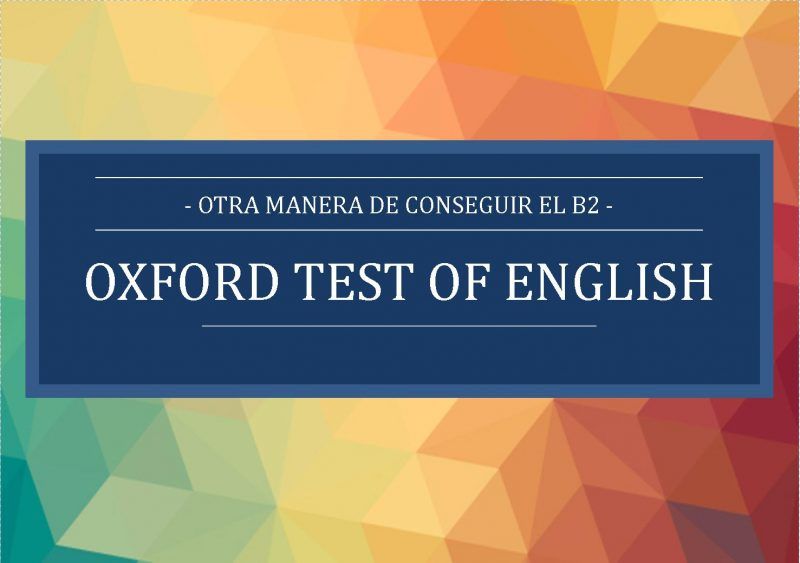




















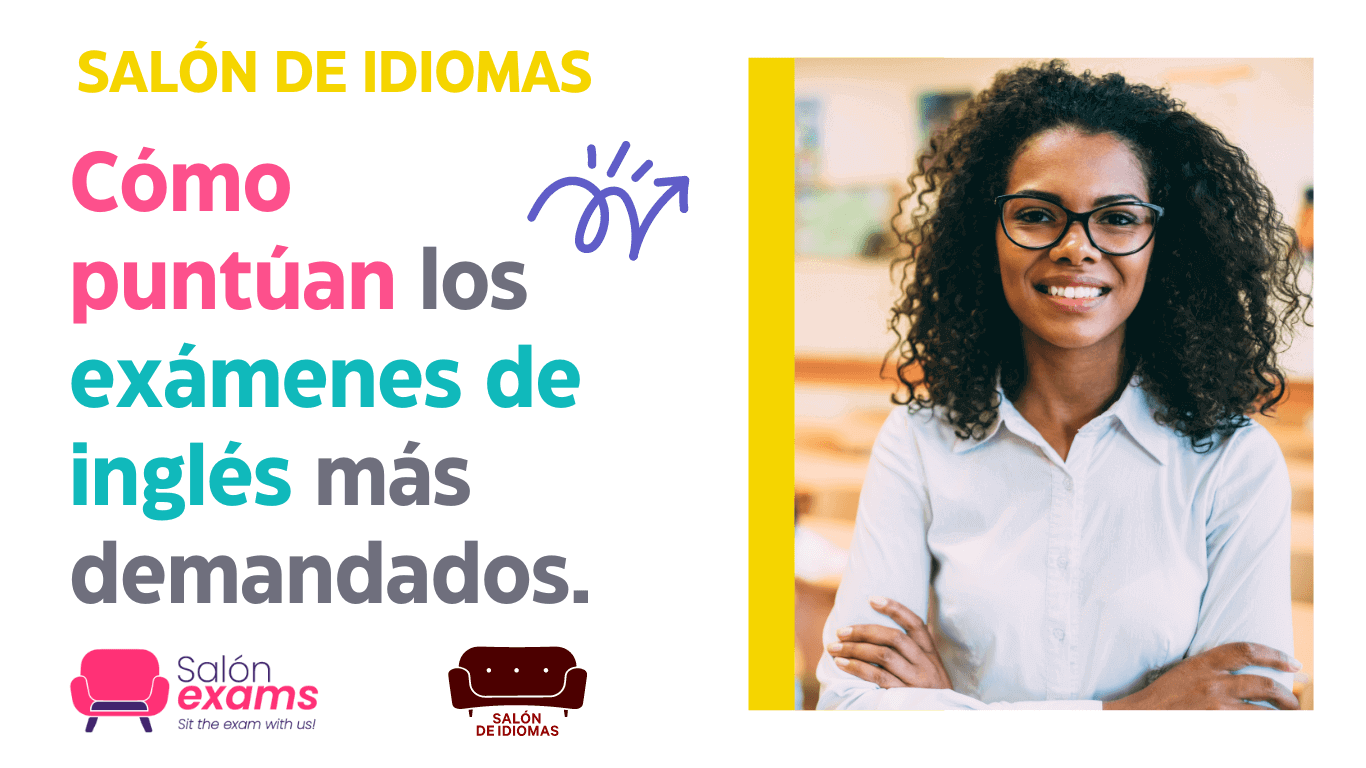


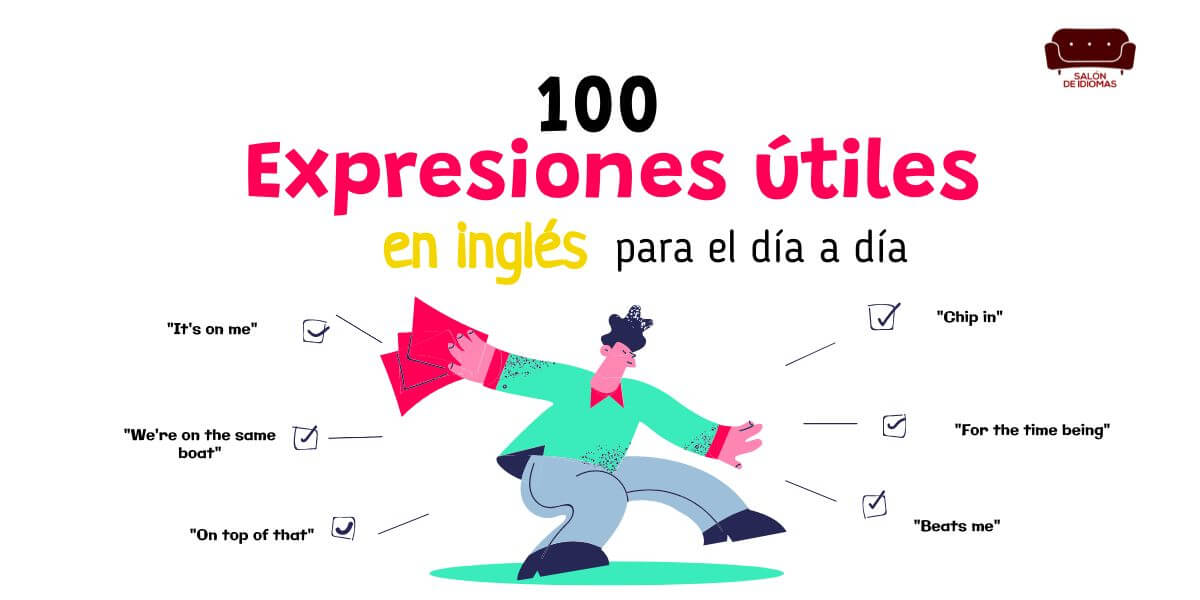





















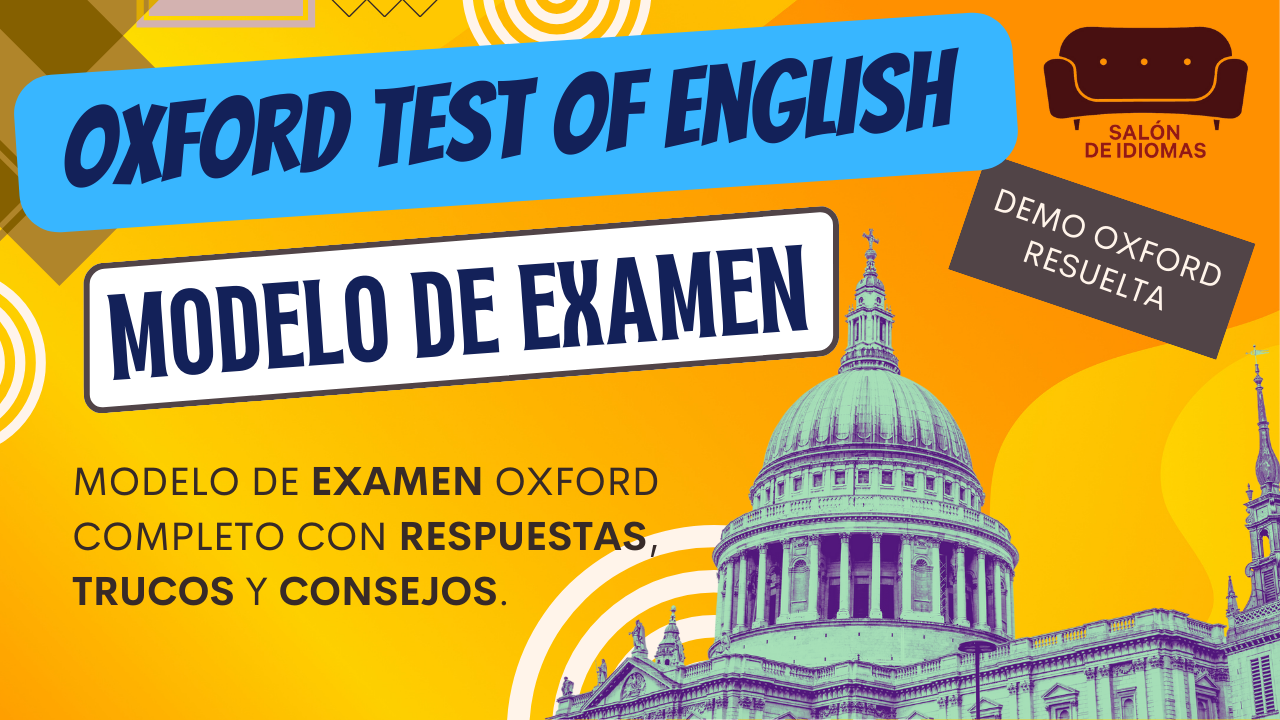





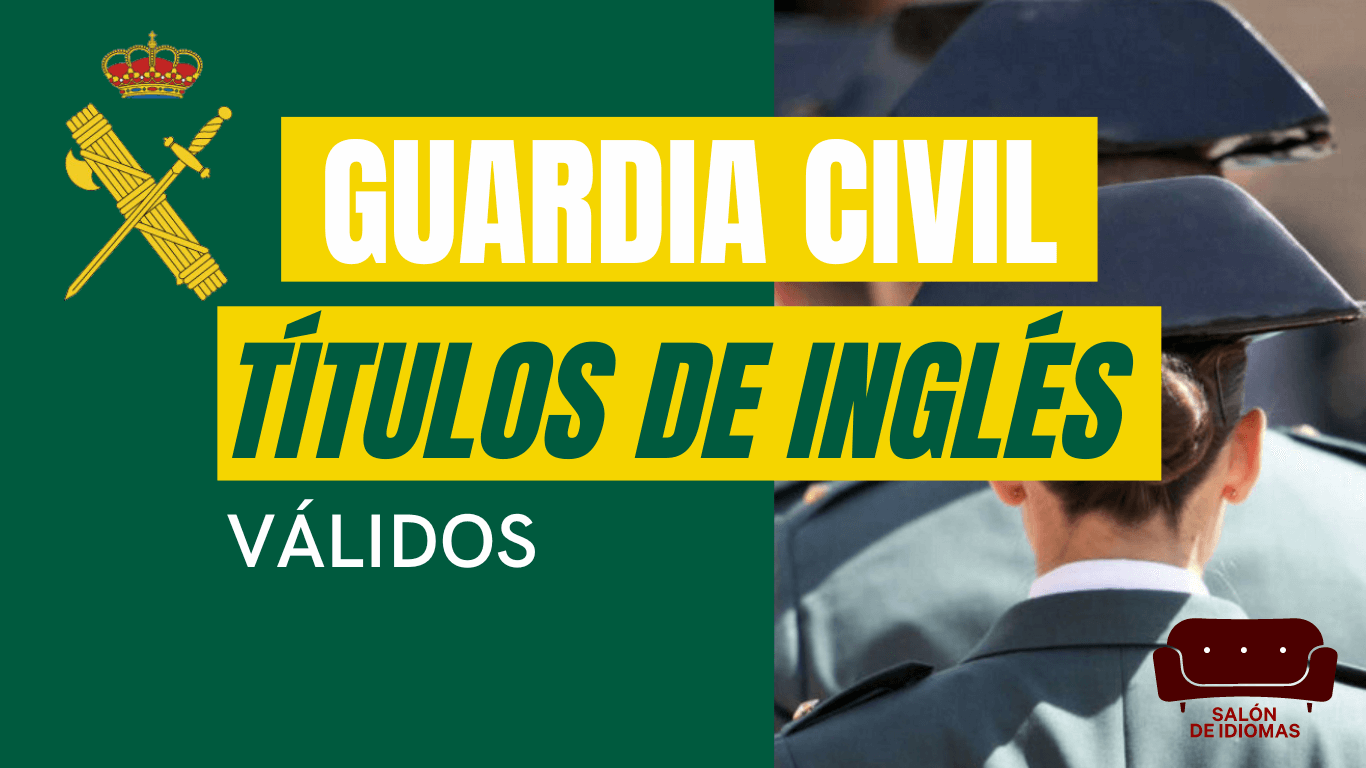













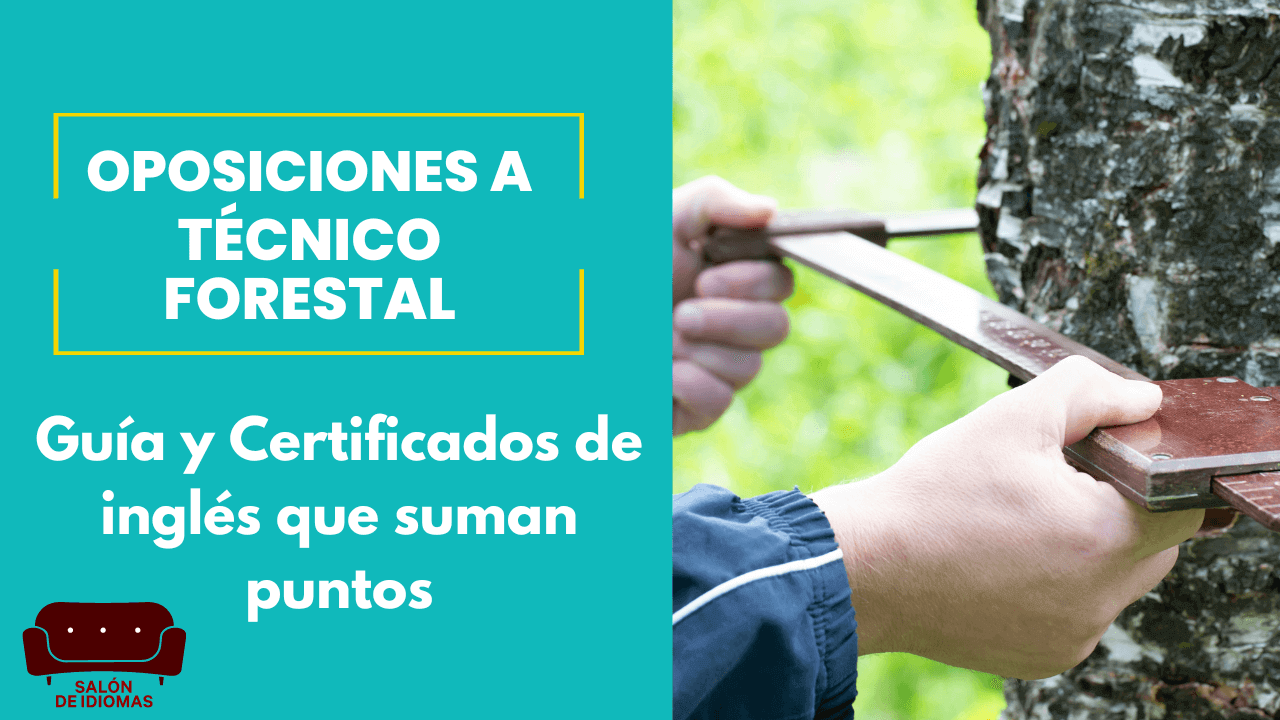








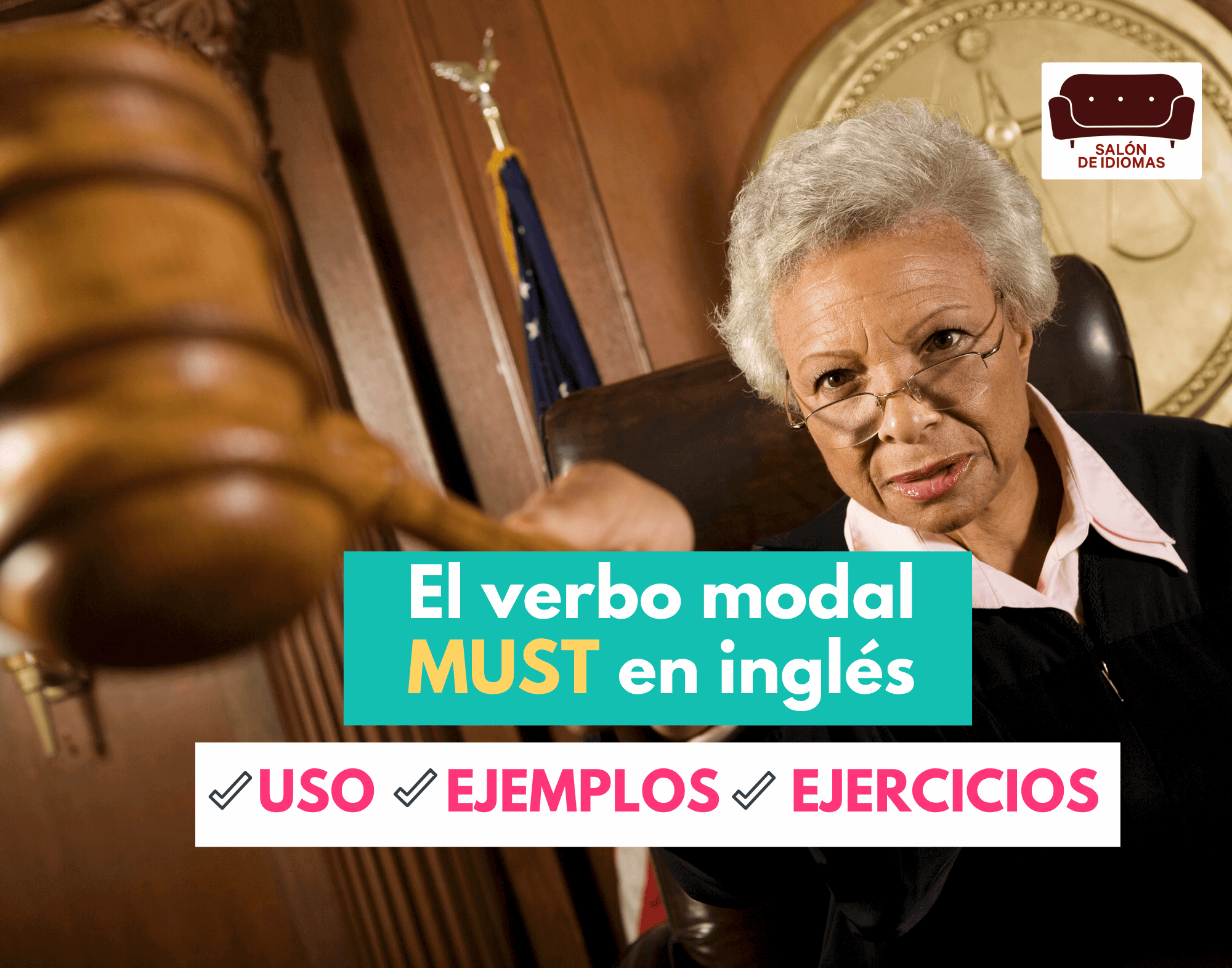
























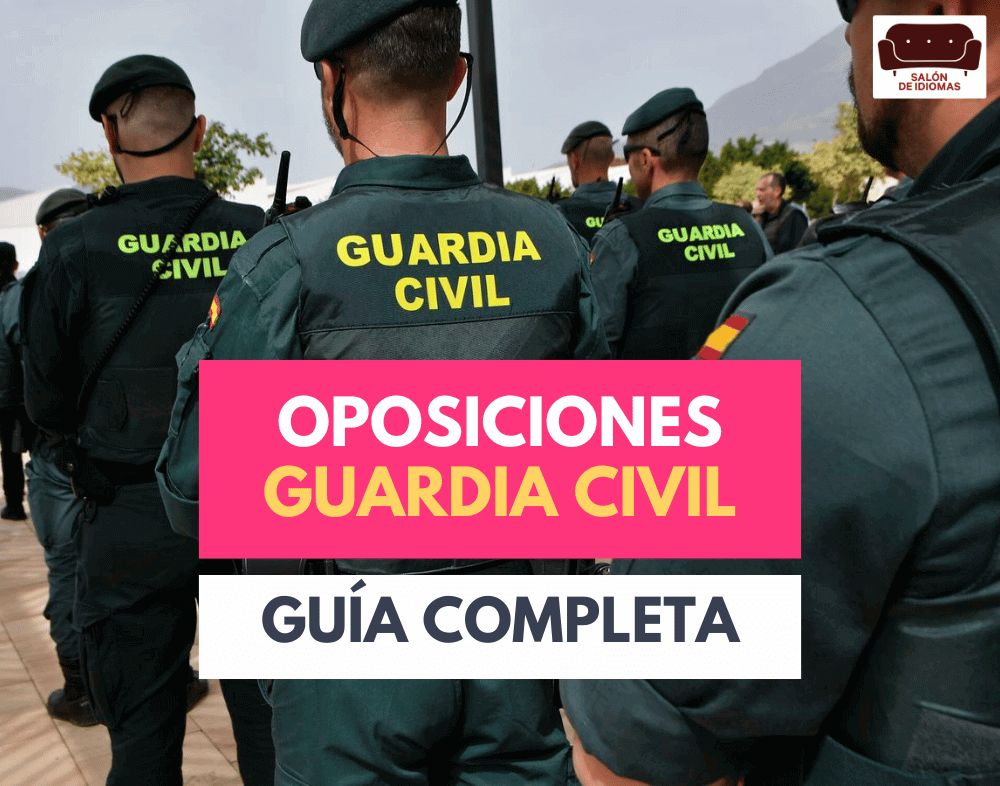





No Comments